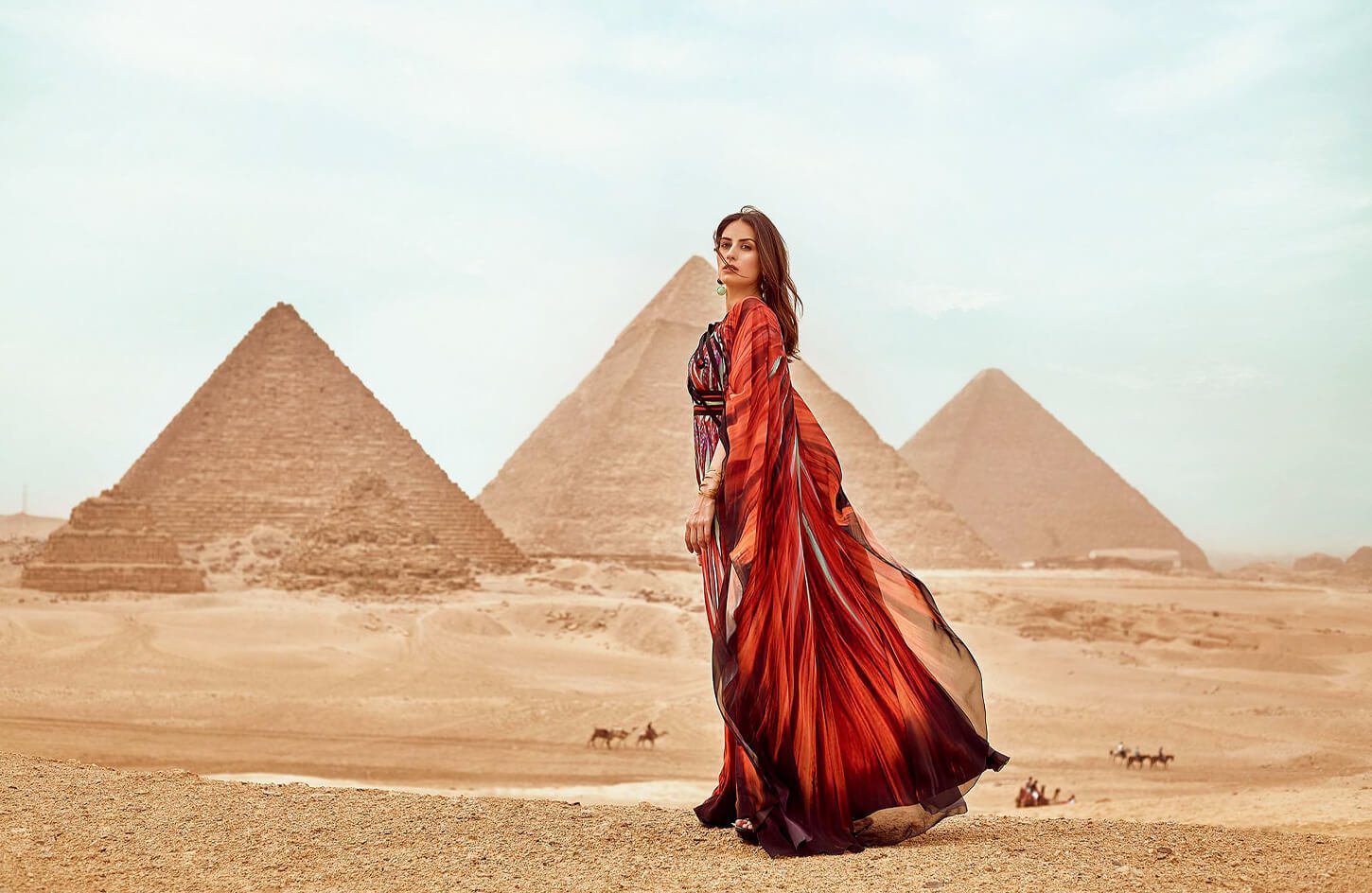
Imagine standing at the edge of the Sahara, with the Great Pyramids glowing gold at dawn. Egypt is more than a travel spot; it’s a treasure trove for photographers. With only 30% of its history uncovered, it’s full of secrets waiting to be captured.
As someone who’s hiked the Avenue of Sphinxes at sunrise, I know Egypt’s magic. The Pyramids of Giza, standing since 2560 BCE, still awe modern cameras. What makes this guide special? It’s the stories behind the shots—the 2 million limestone blocks in the Great Pyramid, the 836 pieces Abu Simbel was moved in, or the 95% salt in Siwa’s eerie lakes.
Ready to shoot beyond the postcard? Let’s explore this photographer’s paradise. From Philae Temple’s final hieroglyphics to the Valley of the Kings’ 63 tombs, every scene whispers history. And don’t miss the White Desert’s surreal rock formations—reachable via a full-day drive from Cairo.
Even with tripods banned at key spots, the right angle can turn restrictions into creativity. This guide will help you balance Egypt’s rules with its endless light and ancient grandeur.
Whether framing Karnak’s 134 columns or capturing the Nile’s 6,650-km journey, every shutter click feels like uncovering a new chapter. Let’s turn those “classic” shots into your own epic story.
Imagine standing where pharaohs once walked, your camera capturing the Pyramids of Giza at dawn. Egypt’s photogenic places in Egypt are more than ancient wonders. They are a mix of light, culture, and contrast. The White Desert’s white chalk formations and the Nile’s shimmering reflections at sunset are just the start.
Every scene here tells a story. I’ve seen both backpackers and professionals amazed by the desert’s golden hues meeting the Nile’s indigo. This creates timeless frames.
What makes these pictureque locations for photography so special? It’s the mix of history and modern life. Imagine the towering columns of Karnak Temple against Cairo’s skyline or a felucca sailing by Giza. The light here is sharp and adds depth to every photo.
Even small details, like spice stalls in Khan al-Khalili bazaar or the intricate carvings of Hatshepsut Temple, stand out.
Don’t overlook the human stories too. A Coptic wedding’s vibrant fabrics or a fisherman’s net glinting at sunrise add life to your photos. Whether it’s the Avenue of Sphinxes or the Red Sea’s coral reefs, Egypt’s landscapes are full of surprises. Every corner, from Luxor’s moonlit temples to the bustling souks, offers a new perspective.
Exploring Photography Spots in Egypt from Luxor to Giza, I’ve learned what’s key. Choose a camera that’s durable and flexible. The Olympus Tough TG-6 is great for rough spots like Nile riverbanks or desert trails. For dim temple interiors, the Canon G7X Mark II’s wide aperture shines, revealing details in Karnak’s columns.
Don’t pack heavy tripods; they’re often not allowed. Fast shutter speeds help capture clear shots of Abu Simbel’s statues. For broad views of the Pyramids or Valley of the Kings, use a 16-35mm lens. A 70-200mm lens is perfect for close-ups of hieroglyphs or souks without getting too close.
Travel smart but light. Bring extra batteries for the desert’s heat. Memory cards should be 64GB+; Egypt photography guide pros snap many photos. Carry lens cloths and a discreet strap to avoid drawing attention. Leave drones at home; they’re illegal and guards are strict.
Smartphones are also great for photos! Wide-angle lenses turn them into powerful tools for capturing Nile sunsets or Cairo streets. Always be ready to shoot; the best photo is the one you don’t miss. Keep your gear easy to reach, whether climbing stairs or exploring markets.
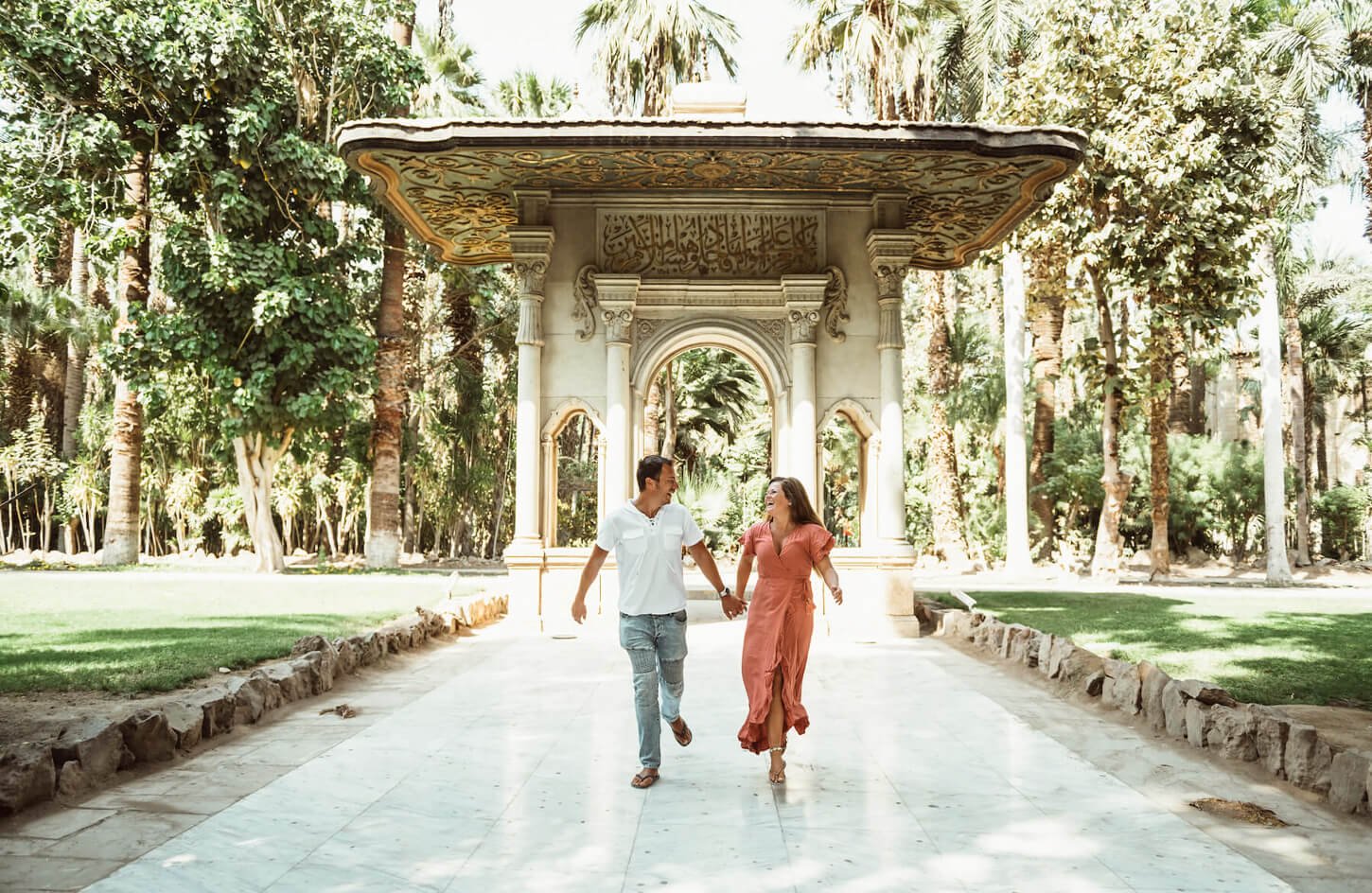
Exploring Egypt’s top photo spots, I found landscapes that feel timeless yet always changing. These spots tell stories as vivid as the desert sands. Let me show you my favorite places in Egypt for photography—each a masterpiece waiting to be framed.
Begin at the Giza Pyramids, where the golden hour turns ancient stones into glowing treasures. The site opens at 7 a.m., so get there early to catch the sunrise’s soft light. The Avenue of the Sphinxes, a 1.7-mile ancient road, now open to the public, offers dramatic lines of statues—perfect for leading lines in your shots. And don’t miss the White Desert’s surreal chalk formations, a surreal backdrop unlike anywhere else on Earth.
Night photography? Luxor Temple’s illumination at dusk paints its columns in warm hues. The temple complex’s 600 sphinxes come alive under the moon, creating a scene straight from a storybook. The Valley of the Kings lets you photograph hieroglyphics up close—but note that only smartphones are allowed inside most tombs now. The tomb of Tutankhamun requires an extra ticket, but the vivid colors reward the effort.
For dynamic perspectives, Luxor’s hot air balloon rides (around $120) offer a bird’s-eye view of Karnak and Luxor temples at dawn. The Nile’s banks, near Aswan, provide serene felucca rides where you can frame the river’s life and landscapes. And in Abu Simbel, timing your visit to catch the twice-yearly sunlight piercing the temple’s inner sanctum adds a touch of celestial magic.
Remember: Egypt’s golden hour at 6 p.m. sunset makes every location pop. Use this guide to navigate permissions—like the Ministry’s new free photography policies—and let these iconic places inspire your next masterpiece.
Egyptian landmarks like Karnak and Luxor Temple are architectural wonders. To show their massive size, stand low and use a wide-angle lens. The columns at Karnak’s Hypostyle Hall, 23 meters high, will look huge in your shot.
Adding a person near a statue or column gives a sense of scale. Seeing a small figure next to Ramses II’s 20-meter statues at Abu Simbel shows the passage of time and grandeur.
Golden hour light turns temple walls into colorful canvases. At Luxor Temple, wait until dusk for a magical glow. The glowing hieroglyphics on the colonnades are truly enchanting.
For close-up details, zoom in on carvings at Medinet Habu or the zodiac ceiling at Dendera. Weathered cartouches or delicate lotus capitals at Edfu Temple tell fascinating stories.
Night photography at Luxor Temple needs a handheld tripod if big ones are banned. Try long exposures to capture the temple’s floodlit facade reflected in the Nile. Abu Simbel’s sunrise alignment, when sunlight hits Ramses’ statues, requires early planning.
Remember, some sites limit tripods for professionals.
These Photography Spots in Egypt are more than stone ruins—they’re living history. Walk the colonnades at Hatshepsut’s terraced temple and frame your shots with the Theban mountains. The Philae Temple’s columns on Agilkia Island offer perfect symmetry shots over the water.
Ready to capture ancient geometry and timelessness? Your camera is ready to explore these sacred spaces. Every column and relief whispers of a civilization’s genius.
Street photography in Egypt is more than just ancient sights. It’s a vibrant tapestry of daily life. Cairo’s Khan el-Khalili bazaar is alive with spice sellers, copper makers, and tea stalls. The best photography locations shine in the morning, when sunlight lights up the alleys and vendors start their day.
My favorite shots here show the mix of old traditions and modern life. It’s a unique view of Cairo.
Traveling south to Luxor or Aswan, you’ll find markets where fishermen fix nets or sell their catch at dawn. Nubian villages near Aswan are perfect for photography tour spots. They’re filled with colorful homes and families making bread together. Sharing a cup of mint tea or a joke in Arabic can open doors. Locals often enjoy sharing their stories through your camera.
For tips, shoot at f/16 with ISO 200–400 to capture fast-moving scenes. Cairo’s corniche at sunset is magical, with families walking under the Nile’s light. At night, try slow shutter speeds to show the city’s vibrant lights. But always remember, respect is key. Always ask before taking photos, and a small gift can go a long way in getting genuine smiles.
These moments are more than just pictures. They’re glimpses into the heart of Egypt. From Alexandria’s beaches to Luxor’s markets, each photo tells a story of strength and kindness. By being curious and respectful, you’ll capture Egypt’s essence, not just its landmarks.
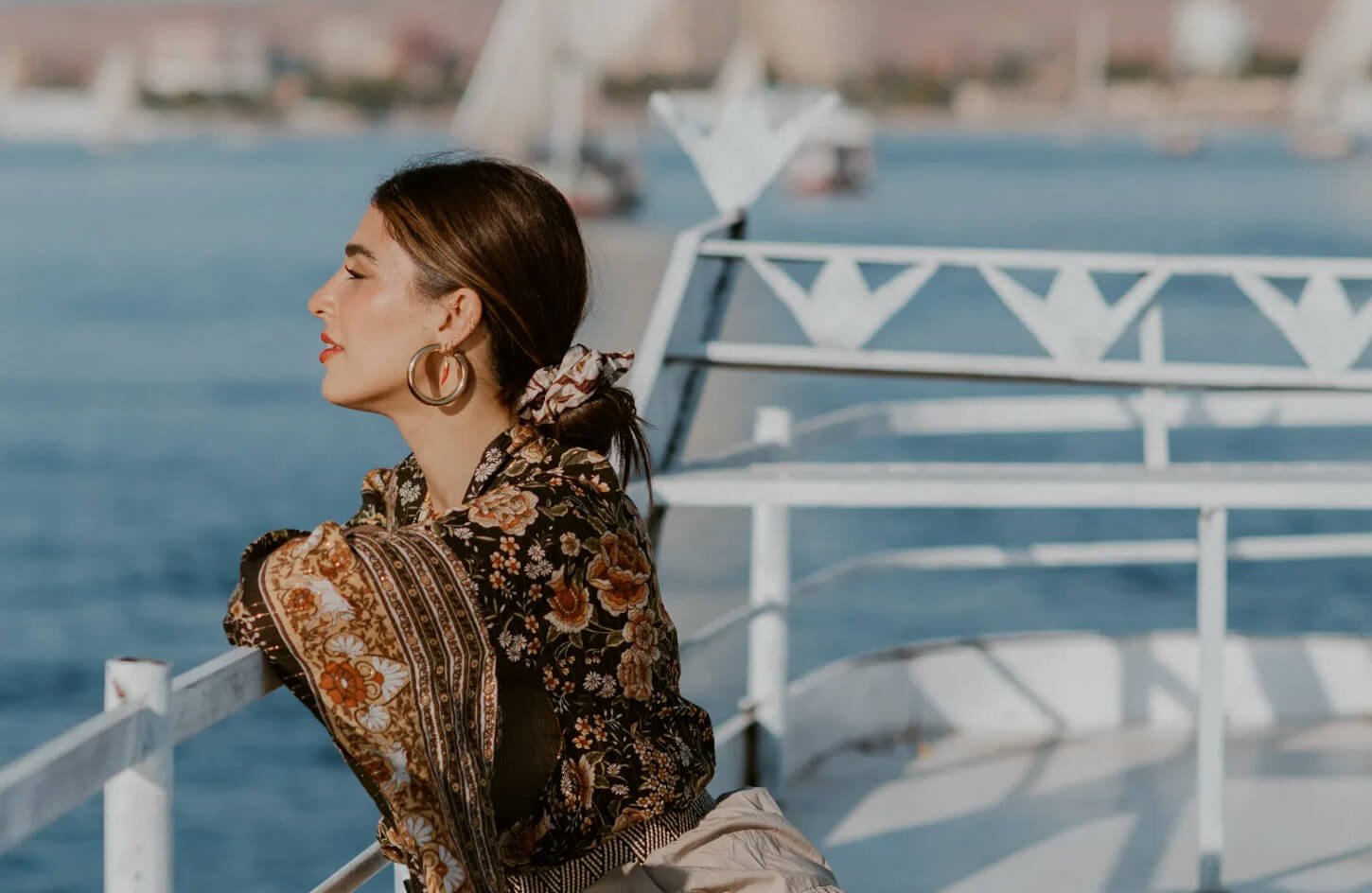
Timing is key when capturing light at Egypt’s photogenic spots. I’ve seen sunrise turn the Pyramids of Giza into golden silhouettes. The first 30 minutes after dawn are crucial.
Arrive by 6:30 AM to avoid crowds and get the soft glow on limestone. The Sphinx’s face comes alive at 3-4 PM, with afternoon shadows adding drama.
Golden hour magic happens at sunset too. At Karnak Temple, 9 AM light creates sunbursts across hieroglyphs. For the White Desert, wait until sunset for pastel landscapes.
Pro tip: Bring a tripod for night shots! Luxor Temple’s blue hour glow is like a postcard.
Midday heat? Seek shade indoors. The Pyramids’ interior stays cool, with 11 AM sunbeams through airshaft openings at Abu Simbel. Street markets are best at 4-5 PM for soft desert tones.
Remember, Egypt’s clear skies mean stars appear early. Wait until 8 PM for Milky Way shots over the pyramids. But check park closing times (4 PM daily). Bring snacks—the onsite café is pricey. The Marriott Mena House’s terrace offers great sunrise views.
As an Egypt photography guide, I’ve learned that cultural respect is key. At the Ibn Tulun Mosque, my dress choice got me some hard stares. This taught me that modesty is important.
Before taking photos, always check the rules. Places like the Valley of the Kings have strict no-flash policies. A simple “besmilah” (permission) gesture can help a lot.
Always ask before you take a photo. Over 60% of locals prefer it that way. In markets, offering 5-10 EGP can help you get great shots and make friends.
In mosques, avoid touching artifacts or pointing cameras during prayers. Dressing appropriately is crucial. For example, long sleeves and knee-length skirts are a must at Al-Azhar.
Leave tripods and drones at home. They’re banned in Egypt. At places like Abu Simbel, I used a compact camera to avoid drawing attention.
Respect goes beyond following rules. It creates lasting memories. With 75% of travelers valuing cultural sensitivity, your mindful approach helps local economies. Follow these tips, and every photo will tell a story of Egypt’s timeless soul.
Choosing the right time to visit Egypt’s best photography locations is key. Aim for October to April for mild weather and golden light. The Pyramids in November are a sight to behold, empty and bathed in soft light.
October and November are warm (70–85°F/21–29°C) and less crowded. Dawn at the Valley of the Kings is perfect for dramatic shadows. By December and January, the air is crisp, making the White Desert’s rocks crystal clear. February and March bring wildflowers to Sinai trails, adding color to your photos.
Summer (May–September) is hot, but the Red Sea’s waters are perfect for diving. April’s cooler mornings are great for Nile sunrises. Dive from March to May for the best underwater shots. Don’t miss Abu Simbel’s golden temple alignment in February and October.
Summer’s heat warps horizons but offers empty desert landscapes at dawn and dusk. April’s Sham El-Naseem festival adds vibrant street scenes. Ramadan’s markets offer unique cultural shots. Always pack layers, as mornings can be chilly, even in winter.
When planning your trip to Egypt, remember that every moment is a chance to capture a story. Start by picking photography tour spots that excite you, like the Nile’s sunrise or Karnak Temple’s shadows. A local guide can show you hidden gems, like the Egyptian Museum’s secrets or the Pyramids at sunset.
Make sure to balance planning with spontaneity. Bring the right gear for Egypt’s changing weather. Look for soft light, like dawn in Luxor or dusk in Cairo. My best shots came from waiting and being present, like on a felucca ride or in Khan el-Khalili.
From the Sphinx at night to St. Catherine’s Monastery at dawn, Egypt is full of beauty. Check local times to avoid crowds and get the best light. The Red Sea’s underwater world, like Sha’ab Mahmoud, is perfect for wide-angle shots.
Every photo you take is part of a bigger story. Let Egypt’s photography tour spots guide you on a journey of discovery. Capture the small details, like a vendor’s hands or the texture of ancient tombs. With 30% of Egypt still unexplored, every visit is a new adventure. Get ready to capture your own timeless story with your camera.
Read more related articles:
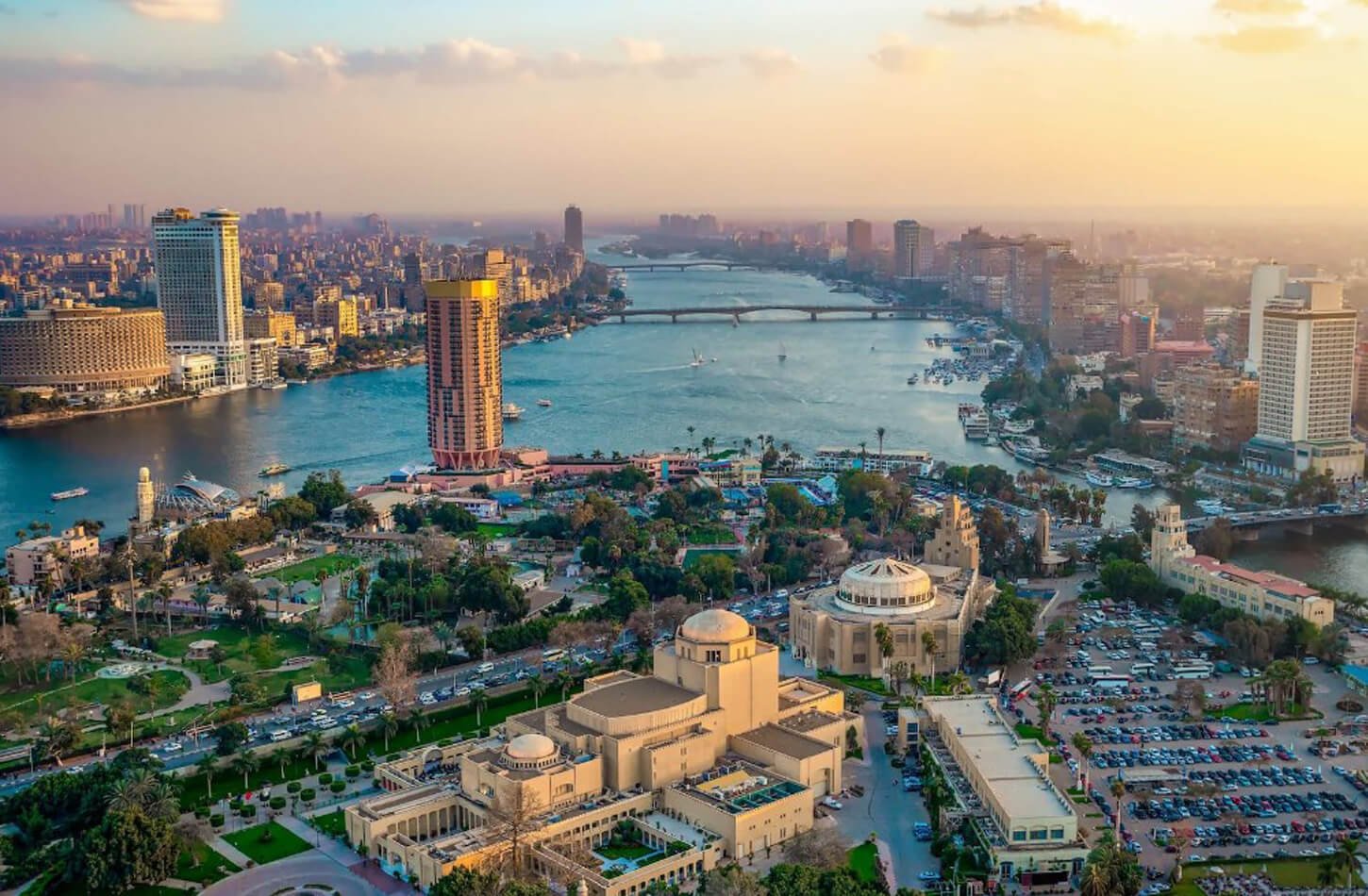
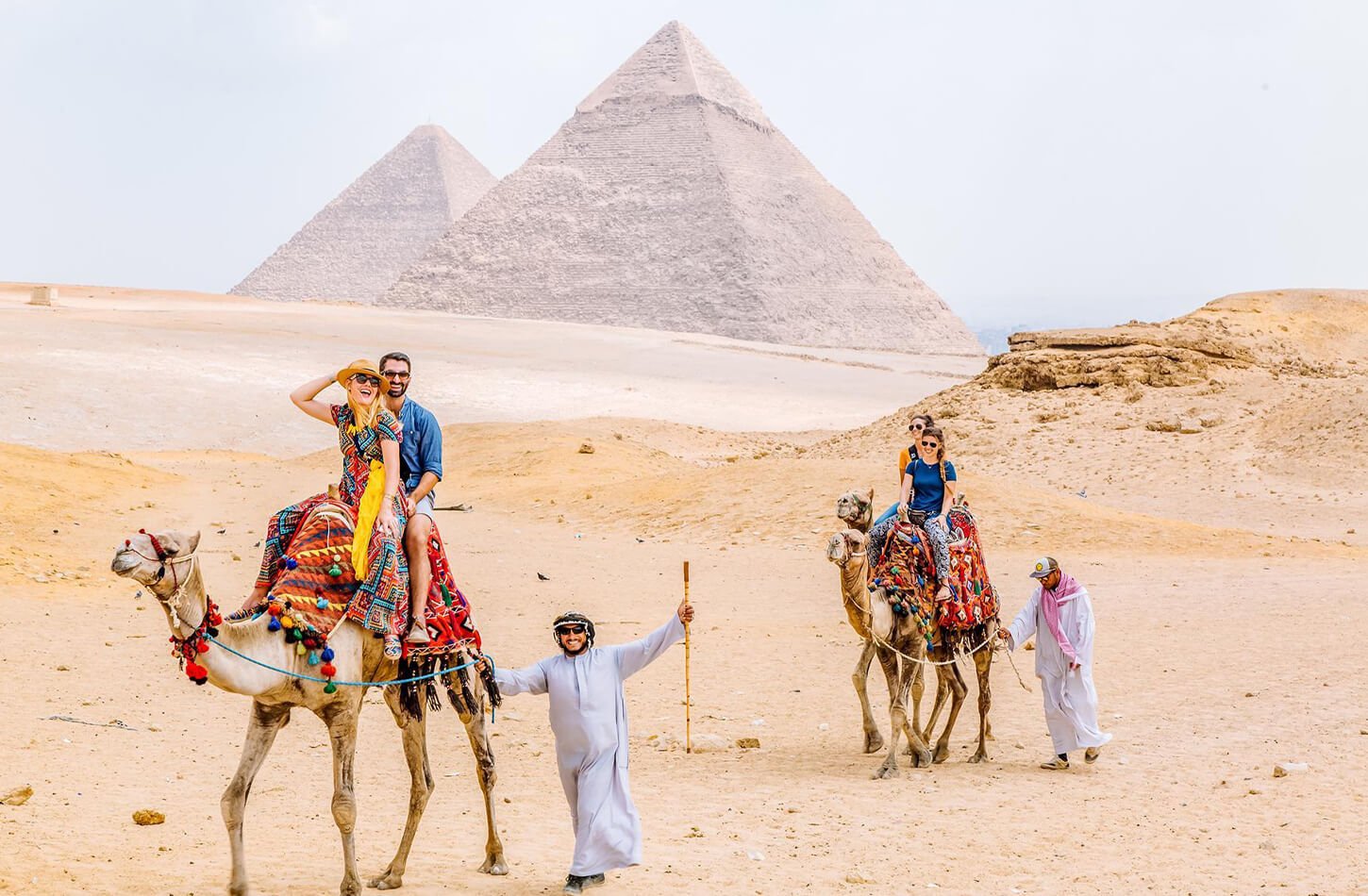
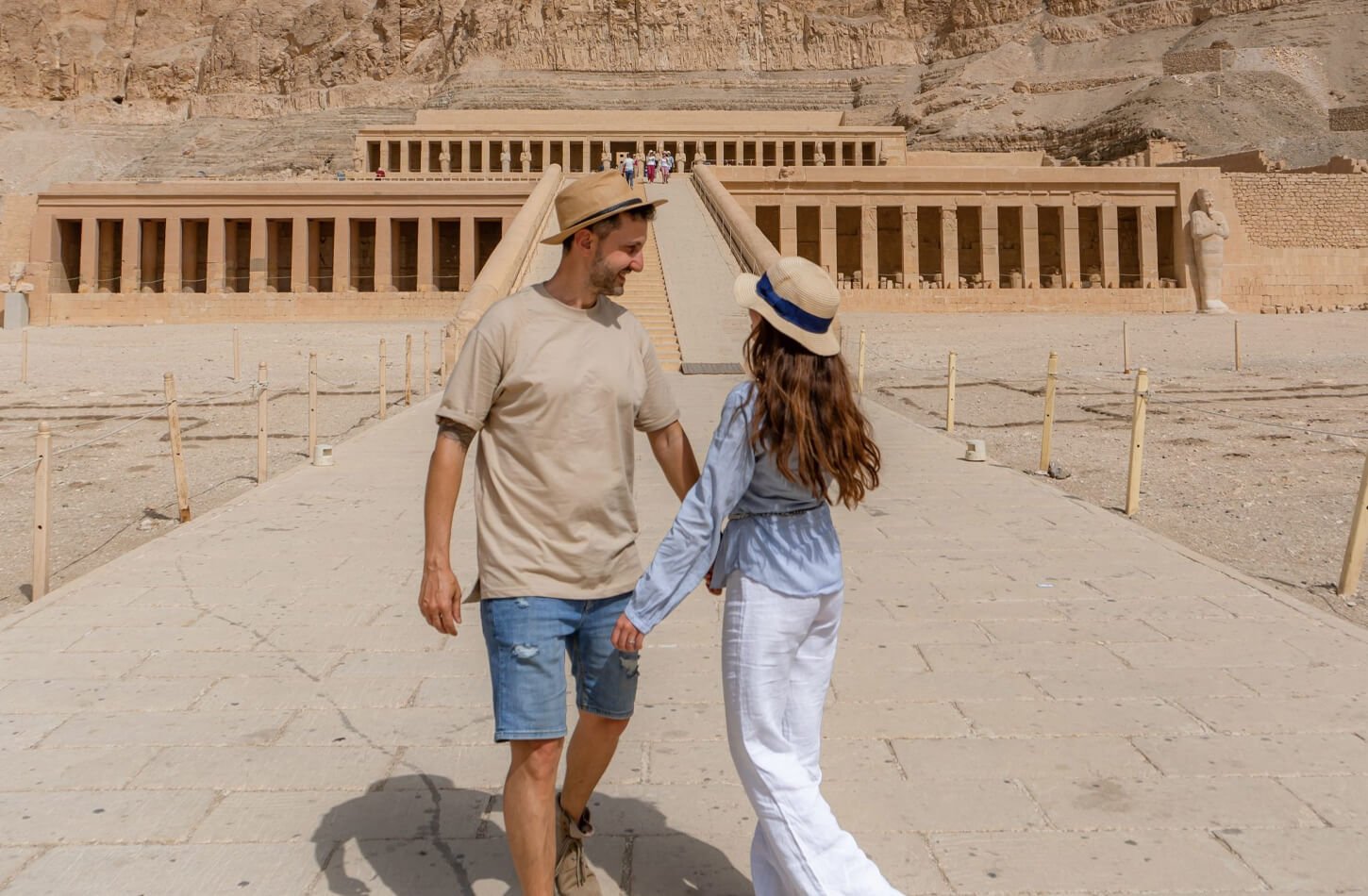
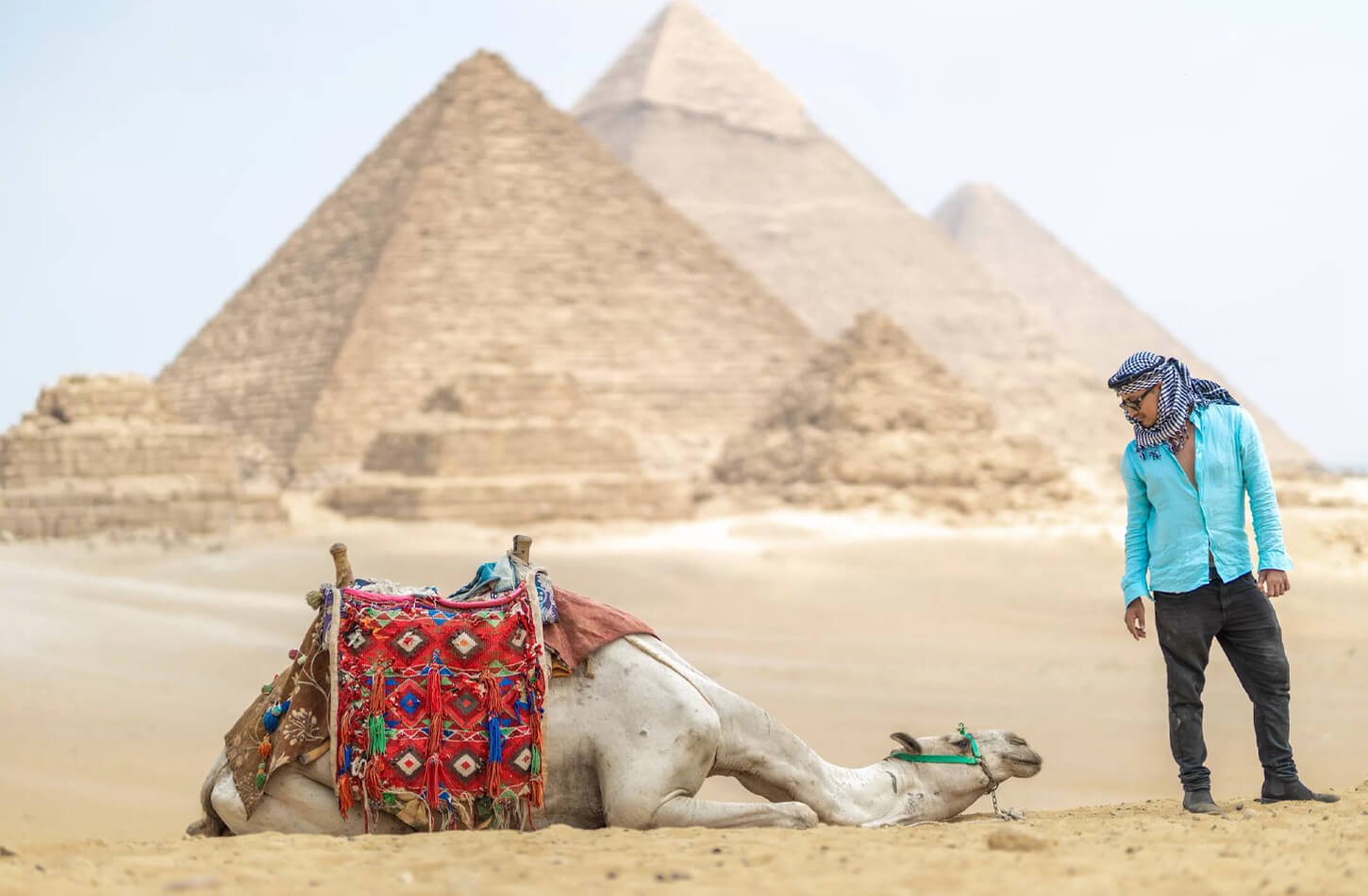
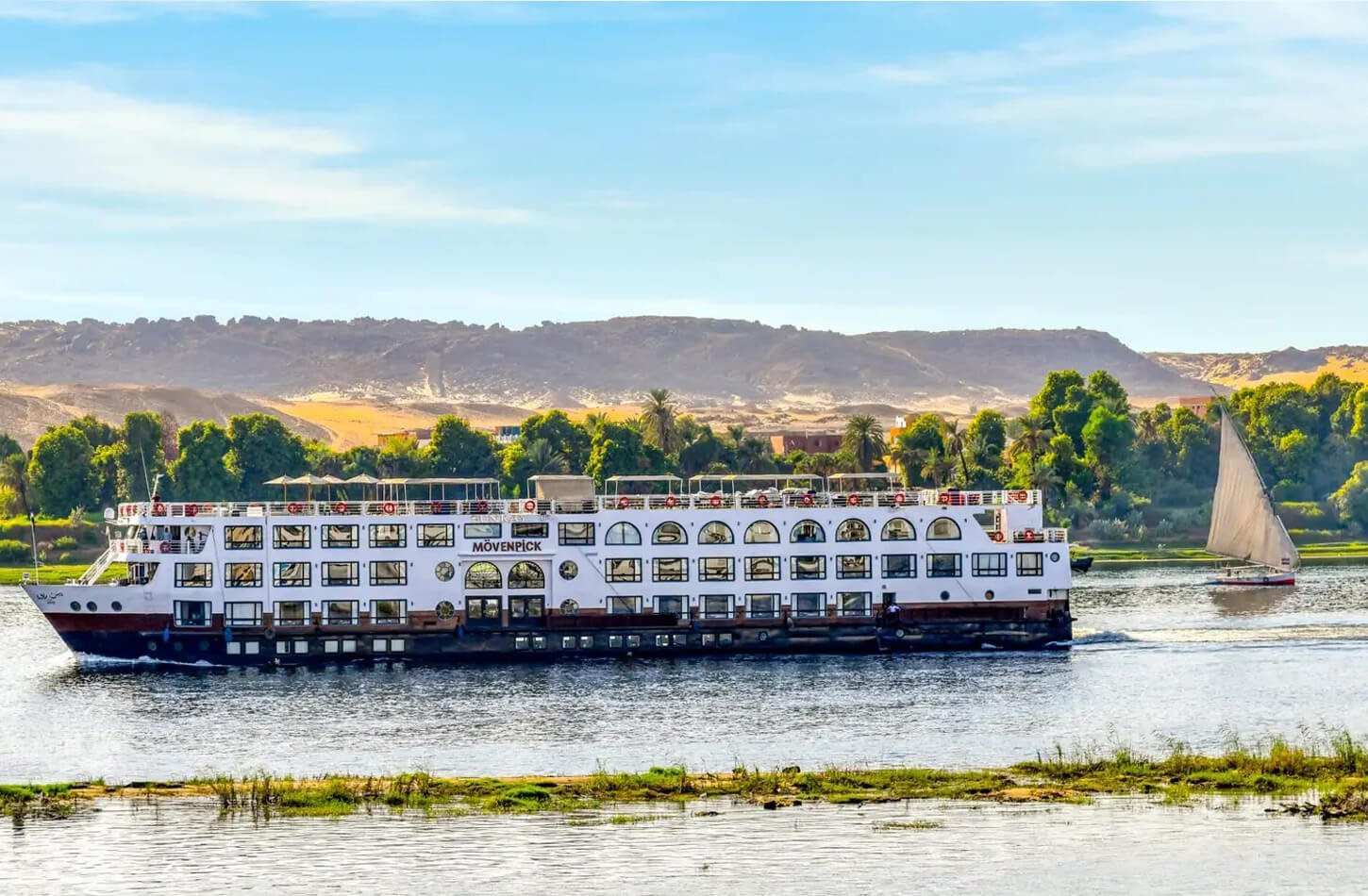
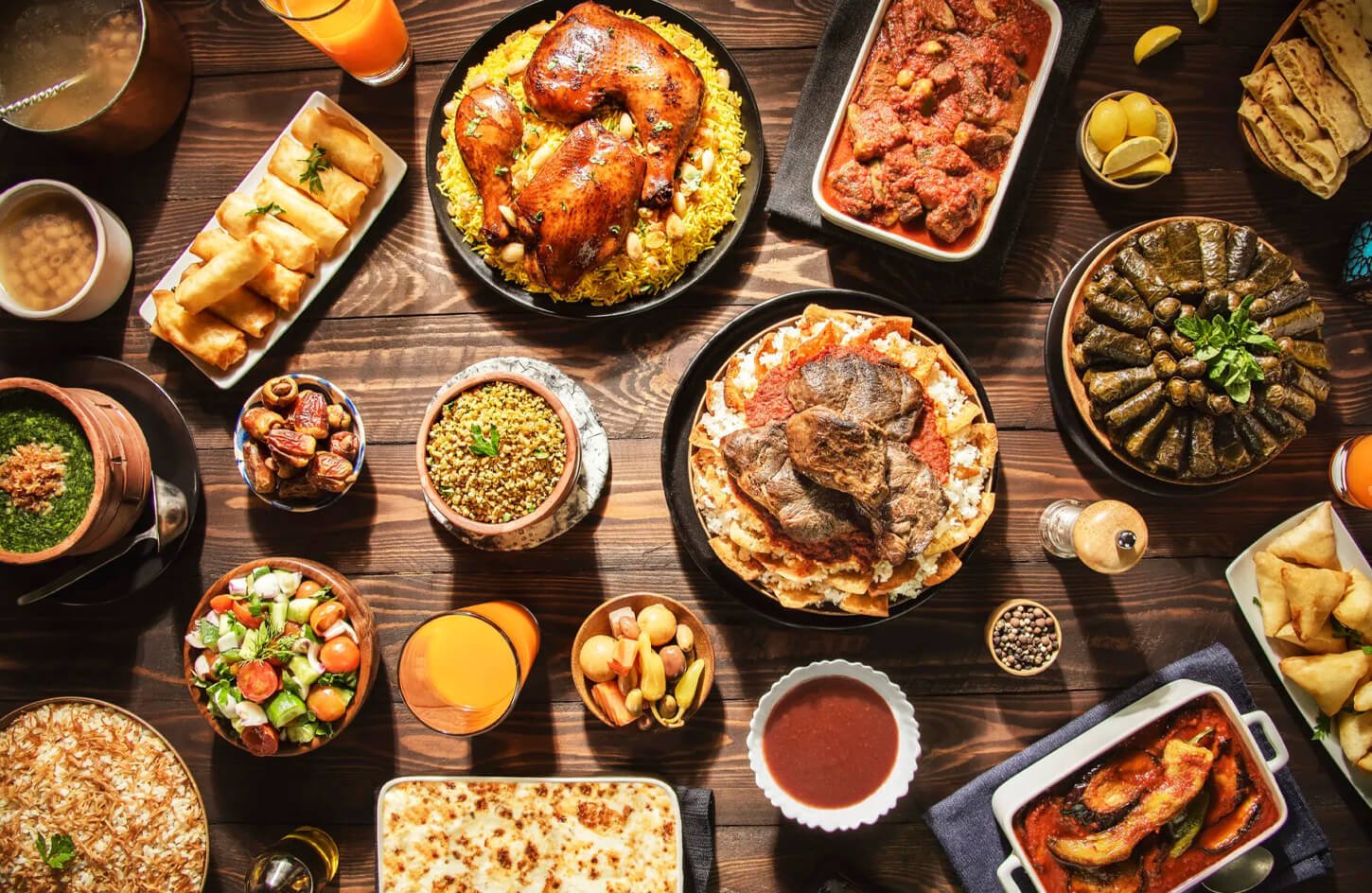
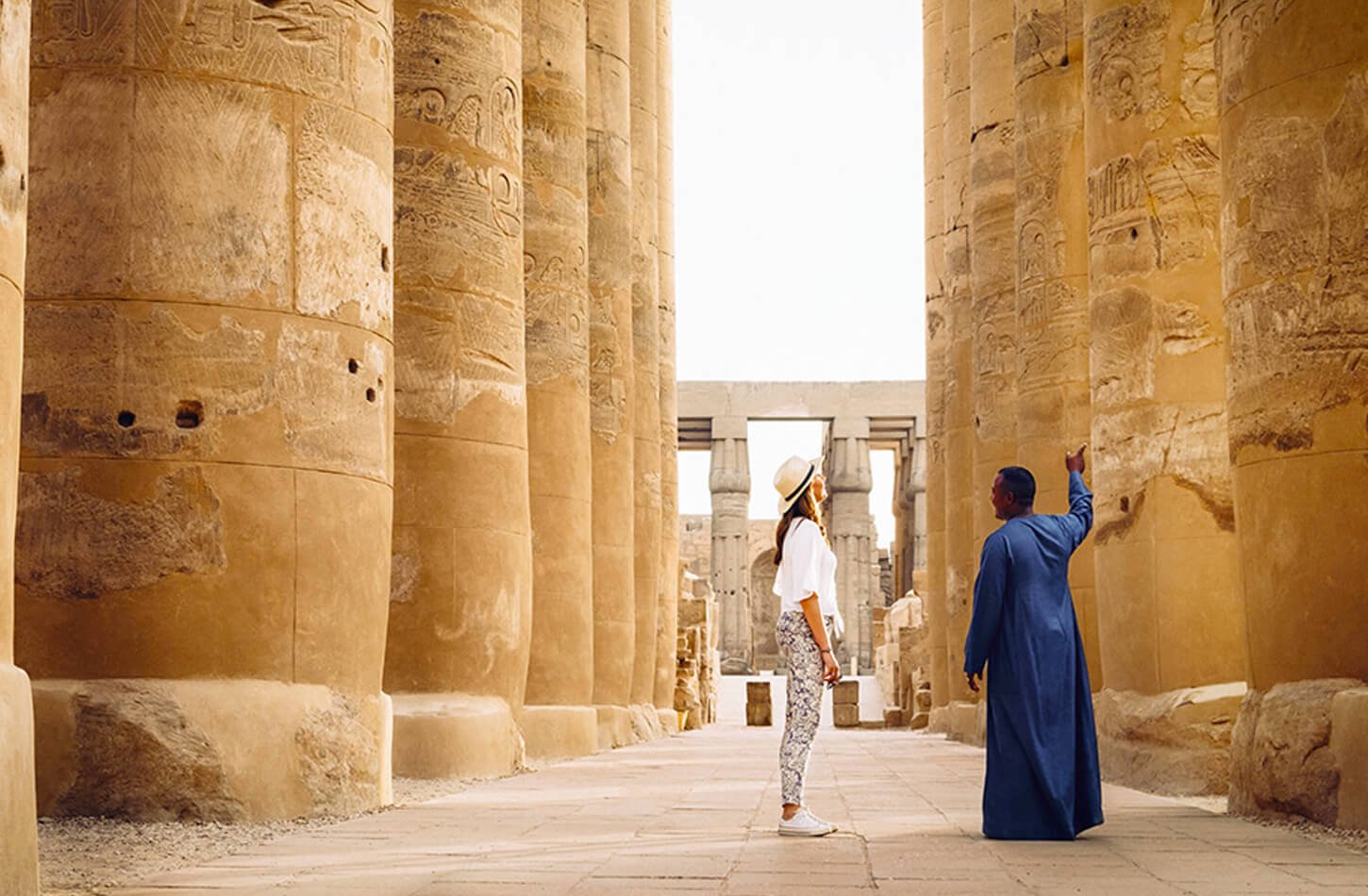
Don't just get there, get there in style.
Information
Follow Us
Payment channels
